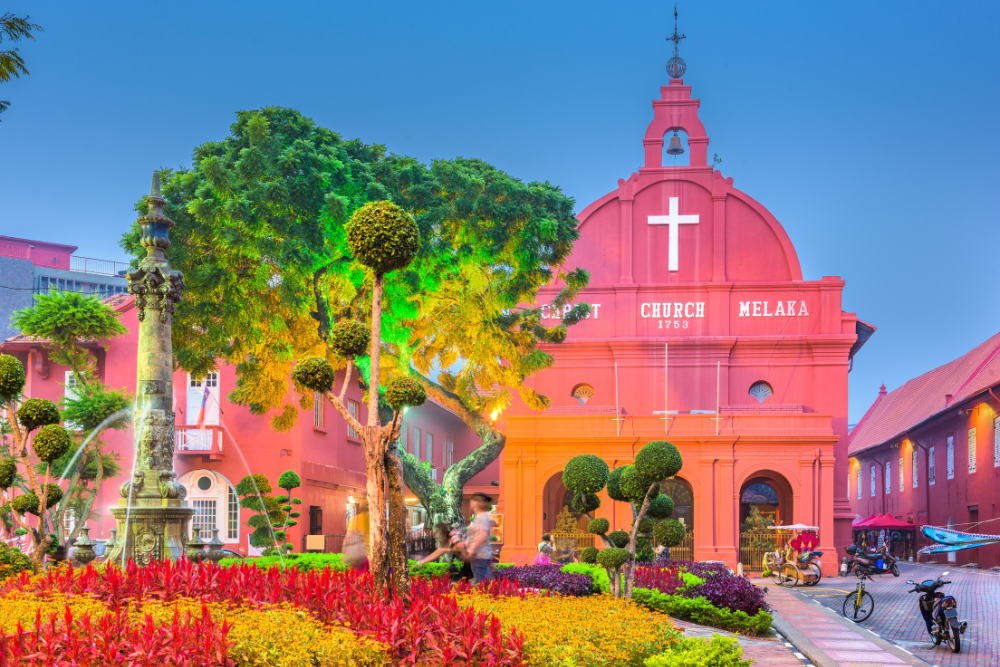Malacca, or Melaka in the Malay language, is one of the most historically significant cities in Malaysia. With its rich and diverse cultural heritage, it offers a unique glimpse into the country’s past, showcasing the legacy of Malay, Chinese, Indian, Portuguese, Dutch, and British influences. The city is a true cultural melting pot, where different traditions, religions, and customs have blended over centuries to create a dynamic and vibrant atmosphere. Today, Malacca is a UNESCO World Heritage Site, preserving its historical landmarks and cultural richness for future generations.
In this blog, we will explore the fascinating history of Malacca, from its early days as a fishing village to its rise as a powerful trading hub, and how various foreign powers shaped the city into what it is today. Let’s take a journey through time to discover how Malacca became a cultural crossroads in Southeast Asia.
The Birth of Malacca: Early Beginnings and the Rise of the Sultanate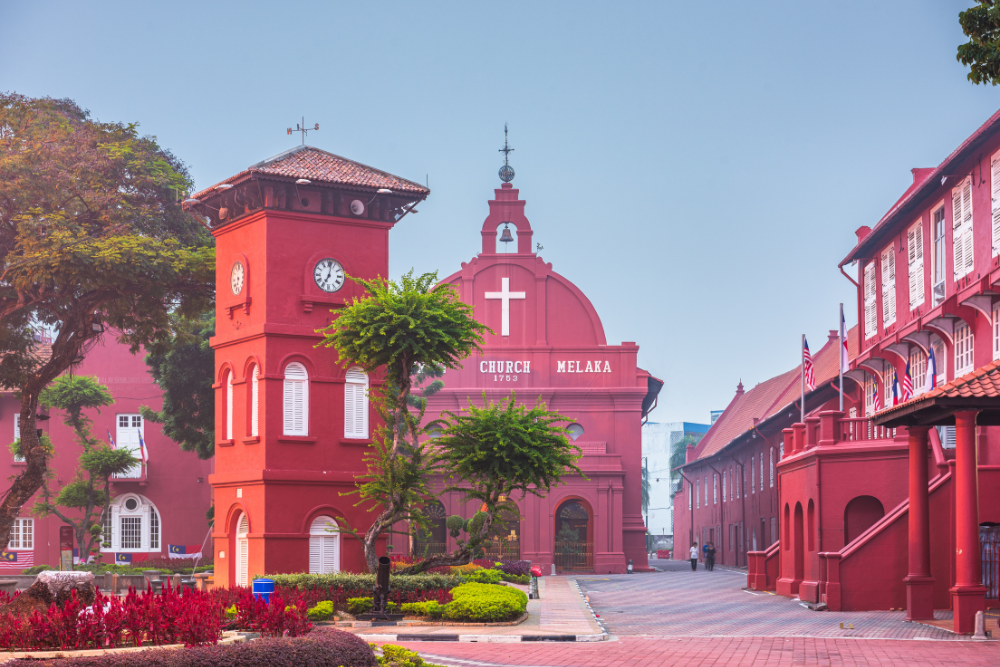
The history of Malacca dates back to the early 15th century, when it was founded by a Malay prince named Parameswara. According to legend, the prince, fleeing from the fall of the Srivijaya Kingdom in Sumatra, established the settlement in 1400. The founding of Malacca is famously tied to a fabled encounter with a deer. Parameswara is said to have seen a deer, which he took as an omen, and thus chose the site to build his new kingdom. The name “Malacca” is believed to be derived from the Malacca tree (a type of tree found in the region).
Strategically located along the Strait of Malacca, one of the world’s busiest and most important shipping lanes, the city quickly became a vital center for trade, connecting merchants from all over Asia, including China, India, and the Arabian Peninsula. The Malacca Sultanate, established by Parameswara in the 15th century, became a powerful and prosperous empire, attracting traders and travelers to its bustling port.
Under the rule of the Malacca Sultanate, the city flourished as a commercial and cultural hub, with a growing population of Malay, Chinese, Indian, and Arab merchants. It became a melting pot of cultures, where diverse groups coexisted and interacted, exchanging goods, ideas, and traditions. The Sultanate’s influence extended over much of the region, including parts of modern-day Indonesia, Thailand, and the Philippines.
The Portuguese Era: The Beginning of European Colonialism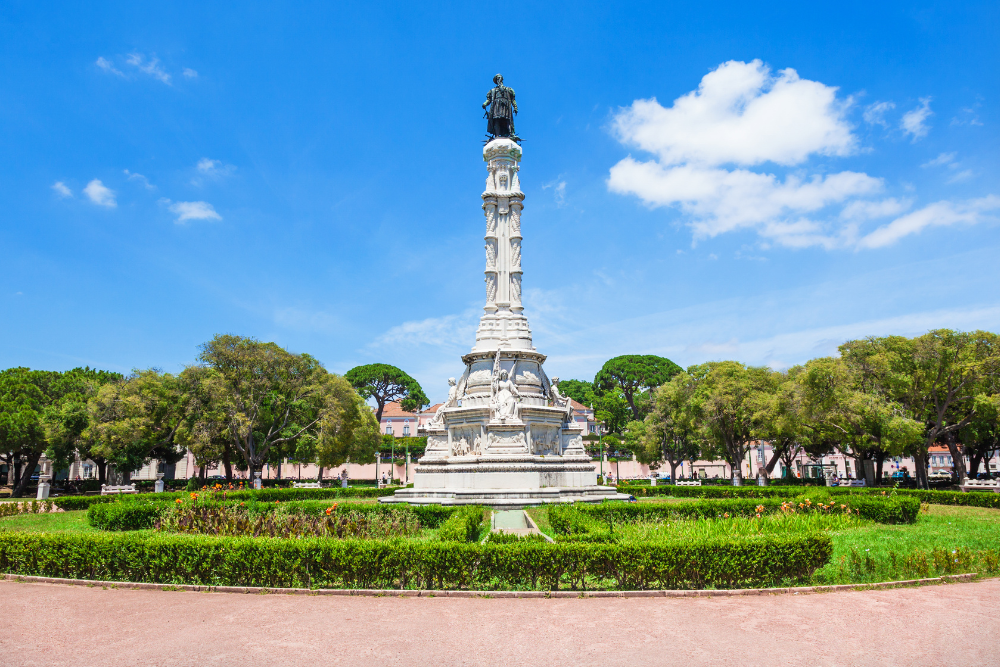
The Malacca Sultanate’s prosperity attracted the attention of European powers. In 1511, the Portuguese, led by Afonso de Albuquerque, captured Malacca from the Sultanate. The Portuguese sought to control the lucrative spice trade in the region and saw Malacca’s strategic location as a key to achieving that goal. With the fall of the Sultanate, Malacca became a Portuguese colony.
Under Portuguese rule, the city became a crucial center for Christianity and European influence in Southeast Asia. The Portuguese built fortifications, including the famous A Famosa (the remains of a fort), to protect their new colony. They also introduced Christianity to the region, constructing churches and converting local populations. However, the Portuguese rule was not without conflict, as the local Malay population and other regional powers frequently resisted Portuguese control.
Despite its strategic importance, Portuguese rule over Malacca was relatively short-lived. In the mid-17th century, the Portuguese faced increasing pressure from other European powers, particularly the Dutch.
The Dutch Era: Control of Malacca and the Spice Trade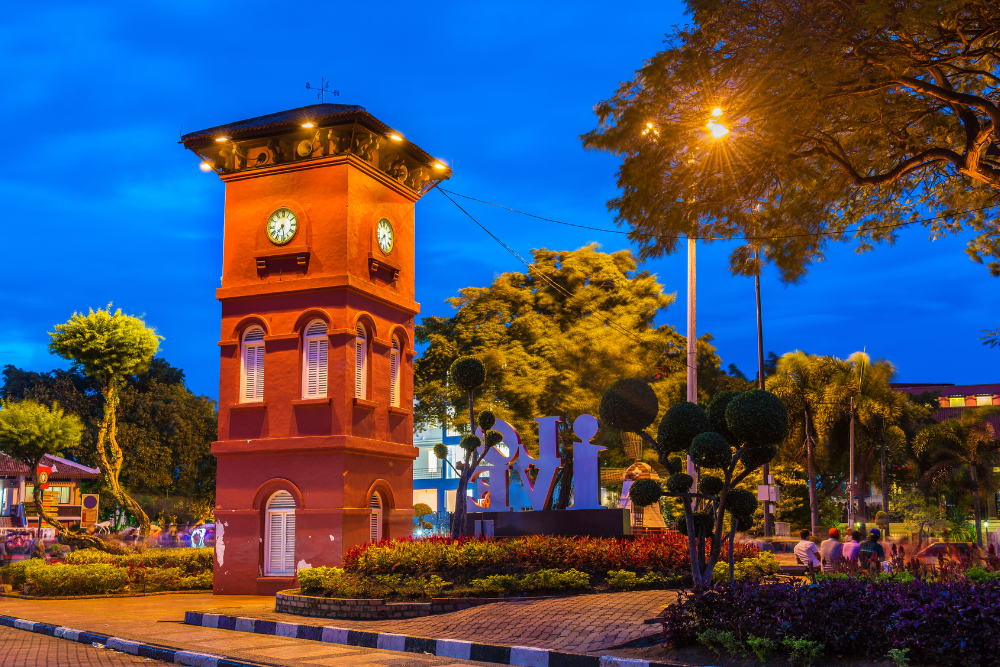
In 1641, the Dutch East India Company successfully captured Malacca from the Portuguese, marking the beginning of Dutch rule in the city. The Dutch sought to establish control over the spice trade in Southeast Asia and viewed Malacca as an important piece of their colonial empire. The Dutch maintained control of the city for over 150 years, during which they made several improvements to the infrastructure, including the construction of the Stadthuys (City Hall), which is still one of the most iconic colonial-era buildings in Malacca today.
Under Dutch rule, the city’s commercial significance waned somewhat as the British began to establish their own trading ports in nearby regions, particularly Singapore. However, Malacca continued to be a key strategic location for the Dutch and played a central role in the Dutch East India Company’s trade routes.
During this period, the Dutch also began to settle in Malacca, and the city’s cultural diversity continued to grow. Many ethnic communities, including the Peranakans (or Straits Chinese) and Eurasians, began to emerge as a result of the intermarriage between local Malays and Chinese settlers, further enriching the city’s cultural landscape.
The British Era: Malacca as Part of the Straits Settlements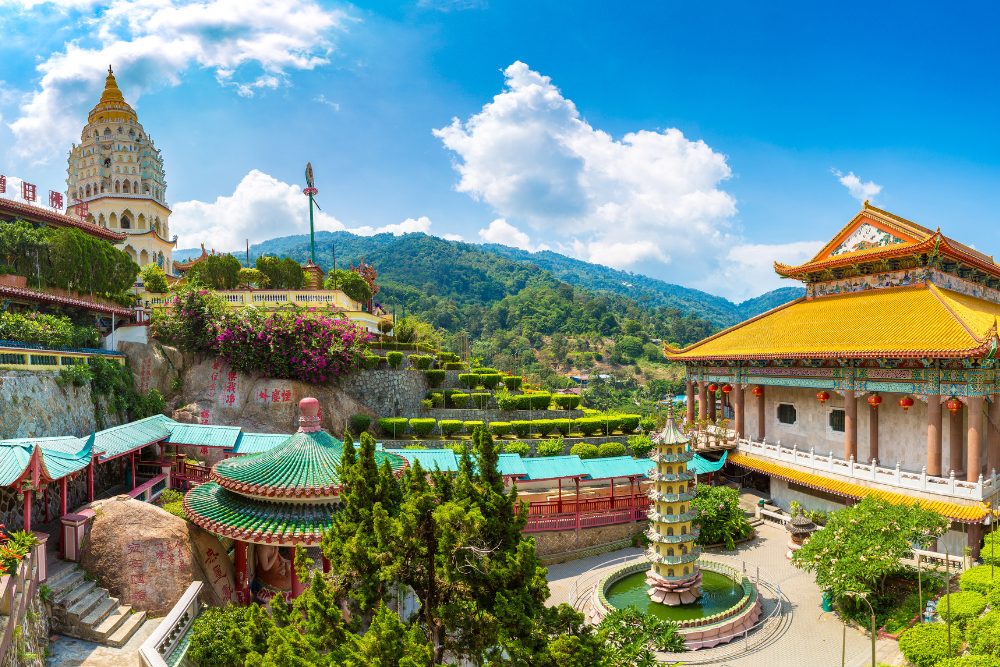
By the late 18th century, the British had become the dominant European colonial power in Southeast Asia. In 1795, during the Napoleonic Wars, the British took control of Malacca, which was temporarily handed over to them from the Dutch. In 1824, the Anglo-Dutch Treaty formally ceded Malacca to the British, marking the beginning of a new chapter in the city’s history.
Under British rule, Malacca became part of the Straits Settlements, a group of British-controlled territories that included Penang, Singapore, and Malacca. The British introduced new infrastructure, such as roads, schools, and hospitals, and promoted economic development in the region. However, Malacca’s significance as a trading port gradually diminished as Singapore became the British crown jewel of the Straits Settlements.
Despite its reduced commercial importance, Malacca remained an administrative and cultural center, and its colonial architecture and buildings were carefully preserved by the British, leaving behind a rich architectural legacy. The influence of British rule can still be seen in the city’s administrative buildings and Victorian-era structures, which are scattered throughout the historic district.
Post-Independence: Malacca as a Cultural Heritage Destination
Following World War II and the independence of Malaya in 1957, Malacca became part of the newly-formed Federation of Malaya, which later became Malaysia in 1963. While the city’s economic significance continued to decline, its cultural importance grew, and it soon became a popular tourist destination. Malacca’s historical significance, particularly its role in shaping the region’s cultural and commercial landscape, attracted visitors from all over the world.
In 2008, Malacca was officially designated a UNESCO World Heritage Site, recognizing its cultural and architectural value as one of Southeast Asia’s most important historical cities. The city’s preserved colonial-era buildings, ancient landmarks, and vibrant cultural traditions continue to attract tourists, historians, and cultural enthusiasts.
Malacca Today: A Living Cultural Heritage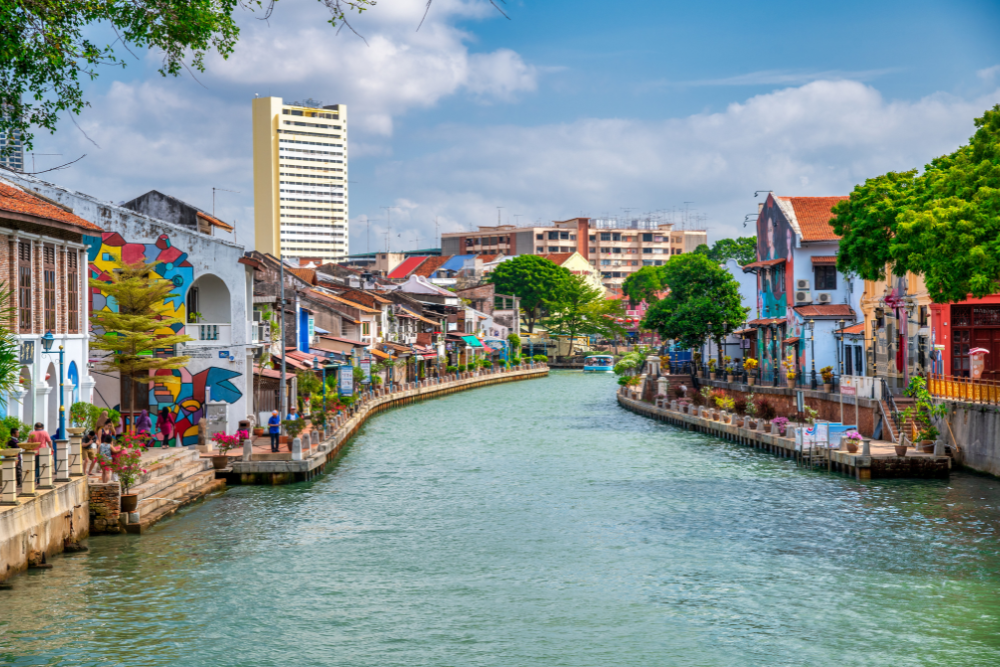
Today, Malacca stands as a testament to Malaysia’s rich history, with its well-preserved landmarks and thriving local communities. The city’s diverse heritage is evident in its food, architecture, and festivals. Visitors can explore historic sites like the A Famosa fort, the St. Paul’s Hill, Christ Church, the Jonker Street night market, and the Malacca Sultanate Palace to witness the city’s fascinating past.
Malacca’s culinary scene is another reflection of its multicultural heritage. The city is famous for its Nyonya cuisine (a fusion of Chinese and Malay flavors), as well as dishes influenced by Portuguese, Dutch, and Indian cooking traditions. Signature dishes like laksa, satay, and chicken rice balls highlight the rich culinary diversity of the city.
Malacca also hosts several cultural festivals, such as the Malacca International Festival, Chinese New Year, Hari Raya Aidilfitri, and the Malacca River Fiesta, which celebrate the city’s multicultural roots.
Conclusion: A Melting Pot of Cultures
Malacca’s rich and diverse history has shaped it into one of Malaysia’s most culturally significant cities. From its early days as a Malay sultanate to its time under Portuguese, Dutch, and British rule, the city has witnessed the ebb and flow of various cultures, each leaving its mark on the city’s architecture, food, and way of life.
Today, Malacca stands as a vibrant cultural melting pot, where Malay, Chinese, Indian, Portuguese, Dutch, and British influences blend harmoniously. As a UNESCO World Heritage Site, the city preserves its unique heritage while embracing the future, making it a must-visit destination for anyone interested in exploring the rich history and diverse cultures of Malaysia.



